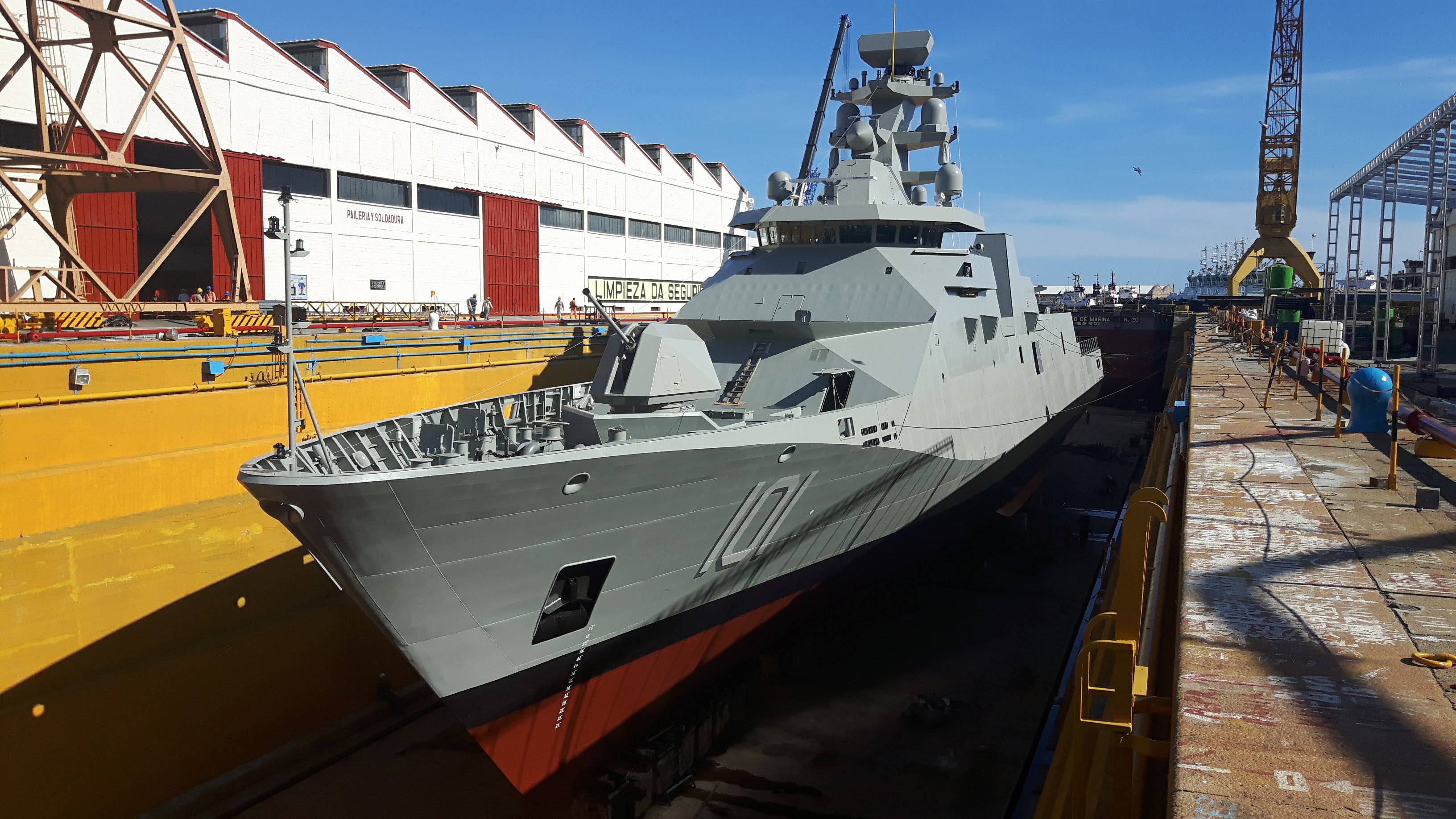How Mexico’s new long-range POLA patrol ships will help it tackle 21st-century realities
With over 11,000km of coastline to patrol, the Mexican Navy’s capability has to be permanently first class. But with drugs smugglers deploying submarines, trafficking on the increase and natural disasters more frequent, the challenges are mounting. Responding robustly, the country’s Secretaría de Marina (SEMAR) decided to commission a new class of long-range offshore patrol ships—fitted with the latest weaponry and systems. At sea for up to 20 days, they’ll bring a step change in law enforcement, defence, and search and rescue missions. And, with operational needs pressing, the first ship must be delivered by 2020.
At this decisive moment, SEMAR turned to Thales to help realise its vision for a 21st-century patrol capability. Having scoured potential solutions, it selected Thales Mexico as an ideal partner. By drawing on Thales’s deep system expertise, and the proven capability and open architecture of its Tacticos Combat Management System (CMS), the company could meet the navy’s need to integrate equipment from a range of manufacturers like Raytheon, BAE Systems and Boeing. Thales’s own technology would be on board too, including the Captas-2 sonar, SMART-S Mk2 Air and Surface Surveillance Radar, STIR 1.2 EO Mk2 Radar, and the first ever exported Gatekeeper Electro-optical security system—with everything brought together in the ship’s Command & Intelligence Centre (CIC), with its ten fully flexible consoles. What’s more, Thales’s close relationship with innovative Dutch shipbuilder, Damen, would allow for modular construction. Four of six modules would be assembled in Mexico—helping transfer expertise into the country for the long term—with a further two constructed in the Netherlands. Crucially though, Thales’s breadth of experience as a systems integrator meant it could confidently meet the programme’s demanding deadlines.
The starting gun for the first POLA vessel fired in early 2017. Timescales were tight, close team working was essential for successful integration, and a host of subcontractors had to be managed. By year’s end, the first Dutch-built module was ready, and intense systems testing took place in 2018 while local-module construction was completed. Teams have worked seamlessly to meet the deadlines. In the Netherlands, Thales immediately based staff at Damen; Mexican engineers flew into the Thales office in Hengelo; and a large group of Mexican Navy officers will soon begin extensive training in the Netherlands, France, Germany, the US and Mexico itself, under supervision from Thales Netherlands. In total, some 3,600 days of intense training will be delivered. During the design phase, cutting-edge techniques like a virtual reality CIC were used to interact with the customer. Back at home, Thales Mexico was in daily contact, building trust and flexibly fine-tuning requirements as the work advanced.
The outcome? The first ship, ARM Reformador, was launched—on time—at Oaxaca, Mexico, on 23 November 2018. Yet, mindful of the operational needs, Thales’s work continues at pace as Reformador undergoes further outfitting and sea trials—ready for final delivery in 2020.
